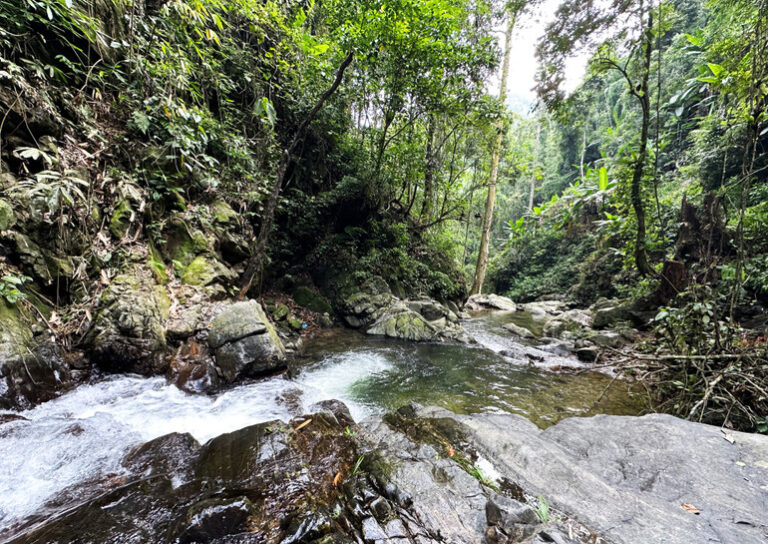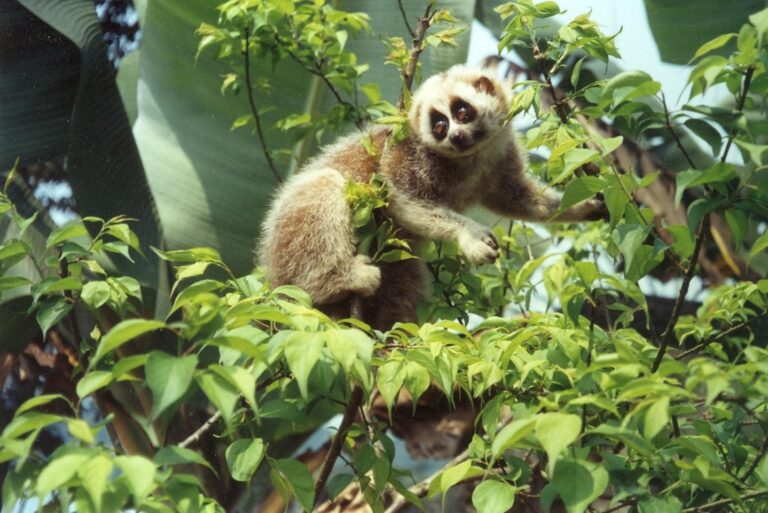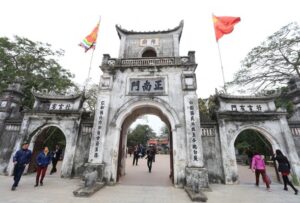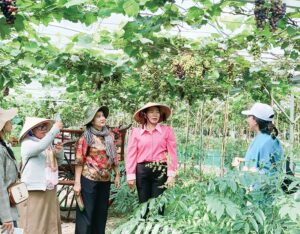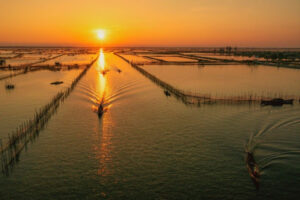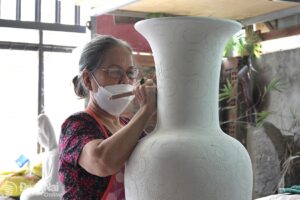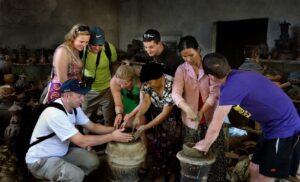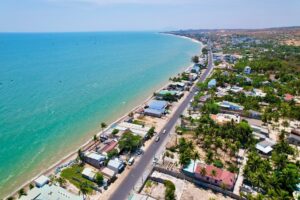The workshop on the implementation of the Kunming-Montreal Global Biodiversity Framework (GBF) and National Biodiversity Strategy until 2030 with a vision to 2050 (NBSAP) in Vietnam took place in Hoi An City (Quang Nam Province) on May 22.
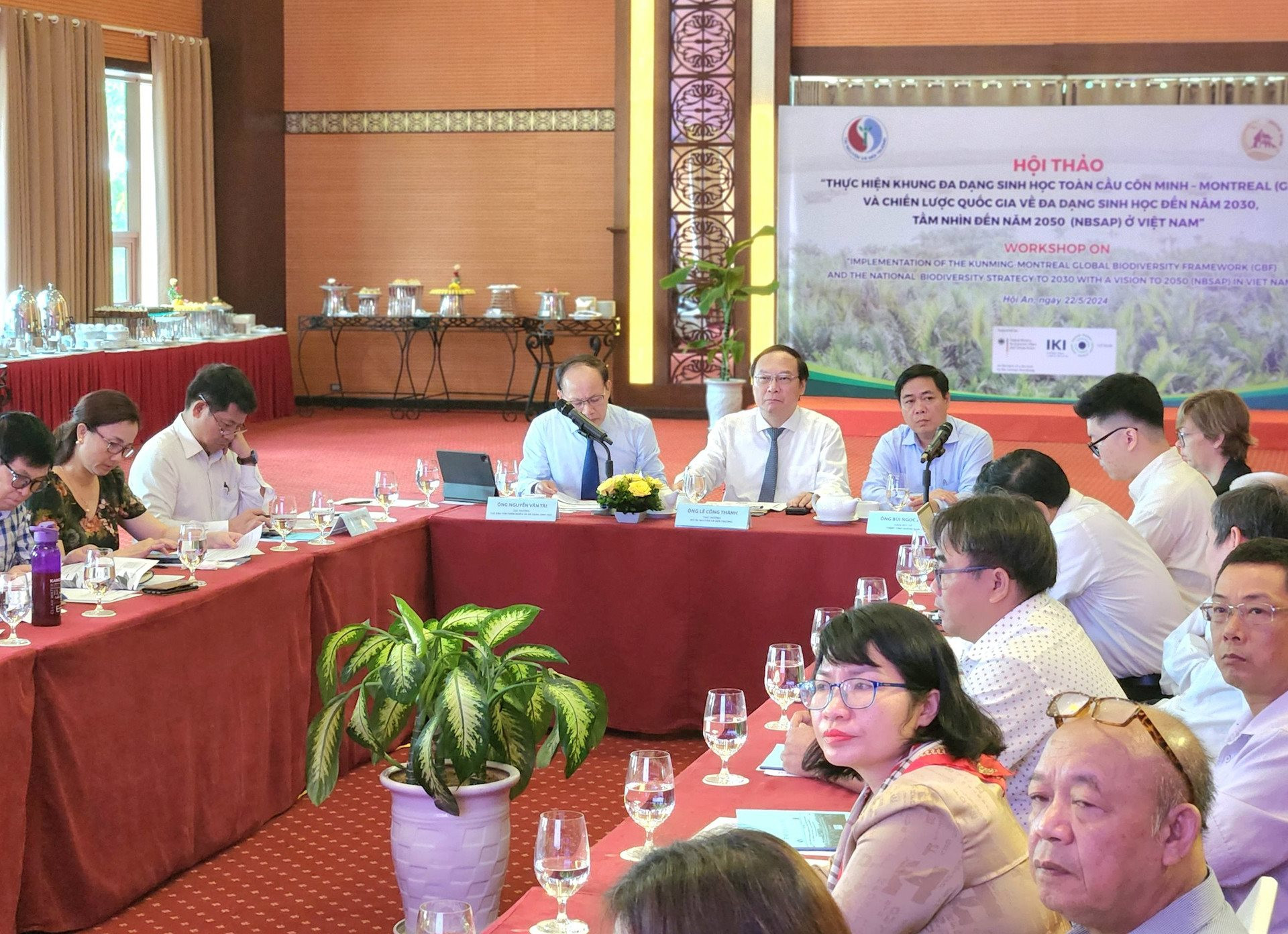
Scene of the workshop
Le Cong Thanh, Deputy Minister of Natural Resources and Environment, and leaders of the Quang Nam Department of Nature and Biodiversity Conservation and the provincial Department of Natural Resources and Environment were co-chairs of the workshop.
The GBF was adopted in December 2022 at the 2022 United Nations Biodiversity Conference of the Parties (COP15) after a four-year consultation and negotiation process.
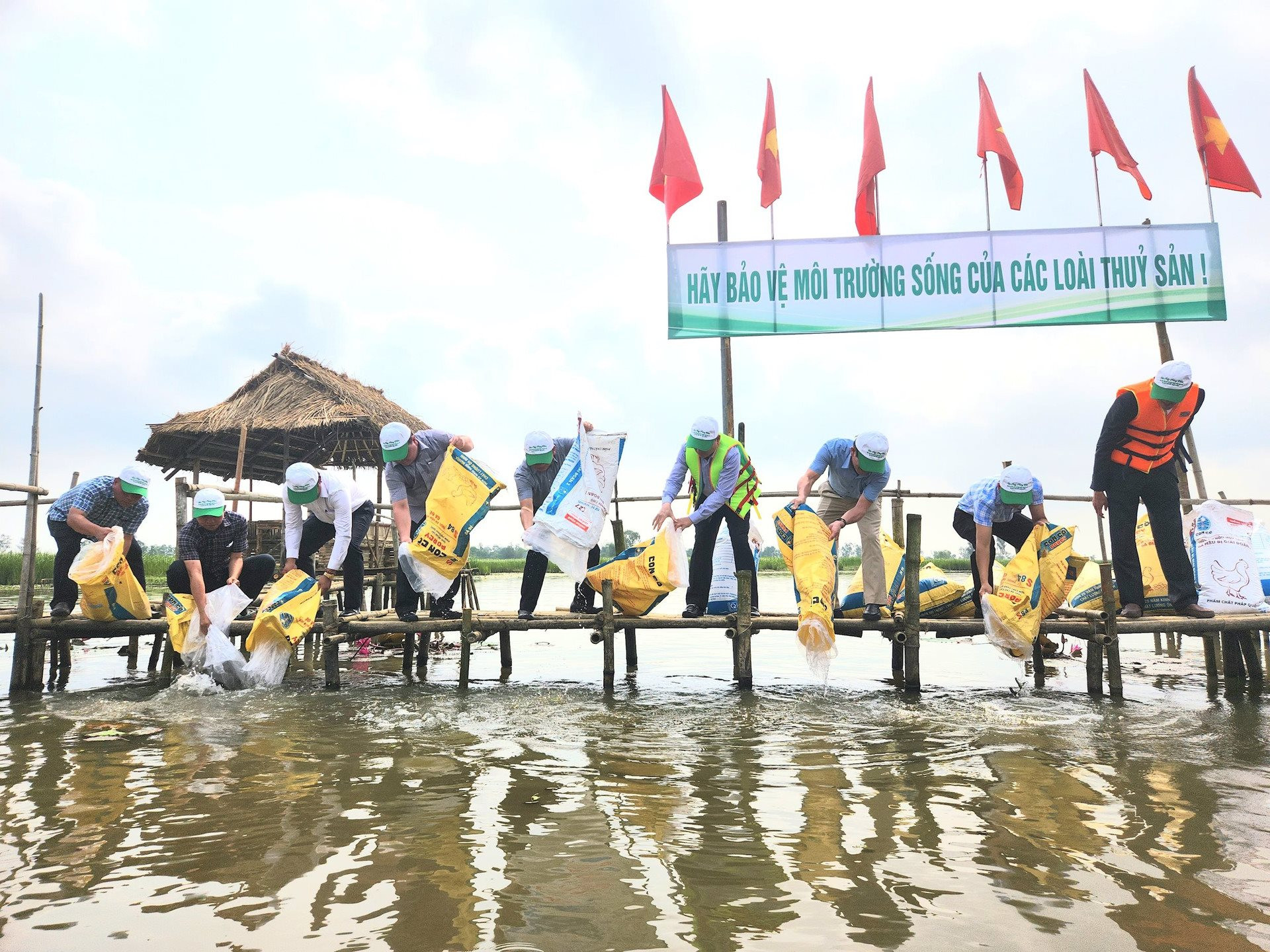
A way to preserve biodiversity in Tam Ky City, Quang Nam Province
On December 19, 2023, the launch of the ‘Biodiversity Plan’ campaign took place on the occasion of the 1st anniversary of the GBF. The campaign aimed to communicate and promote 4 goals for 2050 and 23 targets for 2030.
The campaign facilitated nation’s actions to have solutions to biodiversity loss and for ecosystem restoration, contributing to protecting indigenous rights in nations around the world.
According to the GBF's targets, 30% of the area of degraded ecosystems will be effectively restored by 2030. 30% of mainland, wetland, and coastal areas are concurrently conserved and managed effectively.
The GBF is also aiming to prevent extinction, recover and conserve threatened species, maintain and restore the genetic diversity of native, wild, and domesticated species.
Meanwhile, the NBSAP’s overall targets are that naturally important ecosystems, endangered, rare, and precious species, and genetic resources are preserved and used sustainably, contributing to the development of the green economy, and actively responding to climate change.
As such, there is much compatibility between GBF and NBSAP. Currently, the relevant parties are making every effort to increase the proportion of NBSAP’s strategic monitoring targets and indicators for evaluation until 2030.
They will also contribute to realising GBF. The area of natural reserves on land will account for 7.7% by 2025 and 9% by 2030 compared to the territory. There will be two new world biosphere reserves by 2025 and four by 2030. 10% of degraded natural ecosystems will be recovered by 2025 and 20% by 2030.
Quang Nam’s targets are to reach 61% of the forest coverage, achieve 14 natural reserves (accounting for 17% of the provincial natural area), create 3 wetlands, and set up one more biodiversity conservation corridor by 2023.
According to the workshop, it is necessary to have a long-term roadmap for achieving the GBF’s and NBSAP’s targets. Along with the efforts of specialised agencies, the community also plays a significant role.
It is necessary to combine the targets of conservation with development, integrating biodiversity conservation activities into socio-economic development tasks in each locality.
In addition, there also needs to be a legal corridor to facilitate the mobilisation and use of social resources for biodiversity conservation.
Translated by Q.Thu


